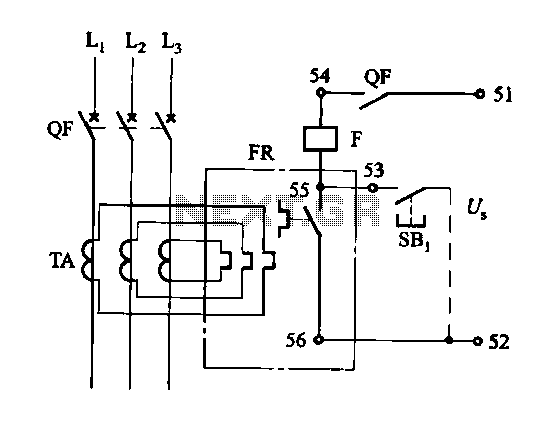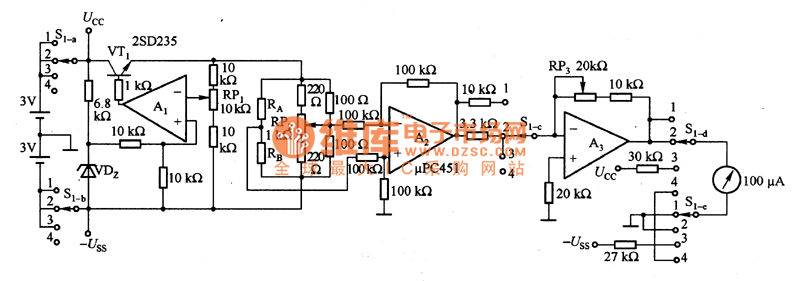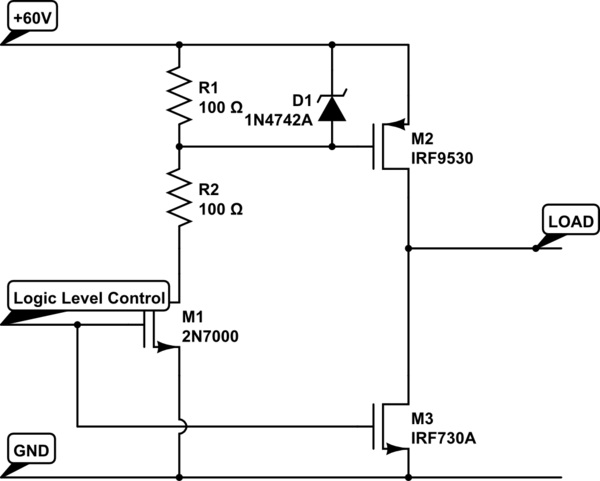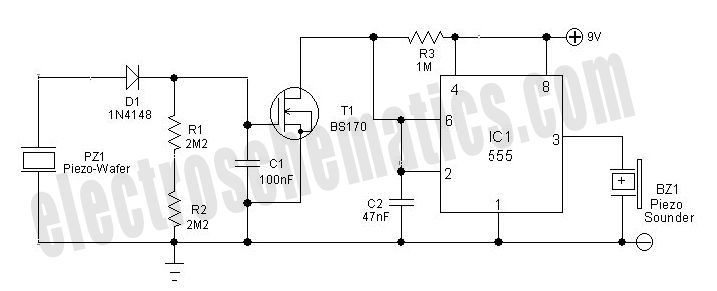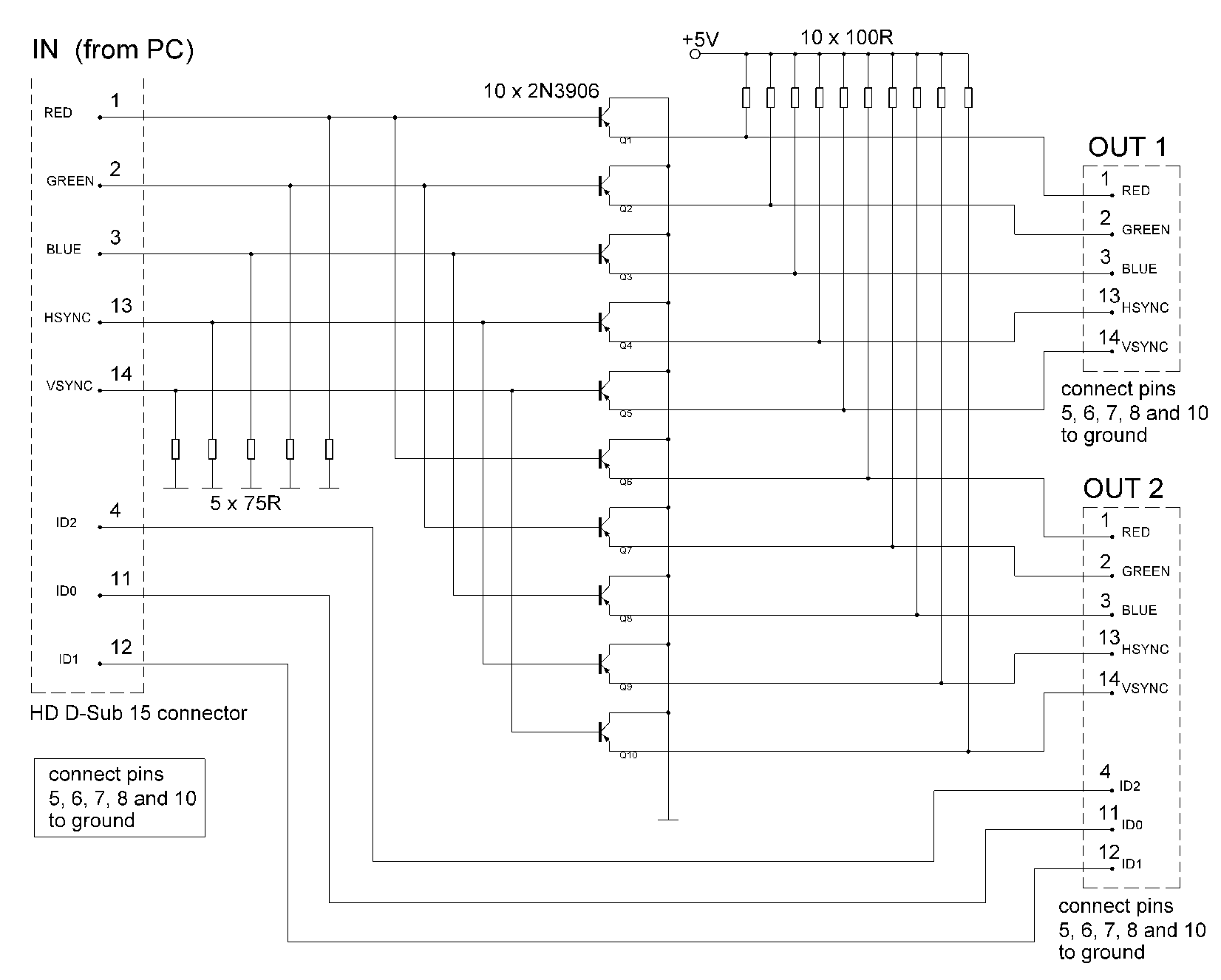
HALL SENSOR CURRENT MONITOR
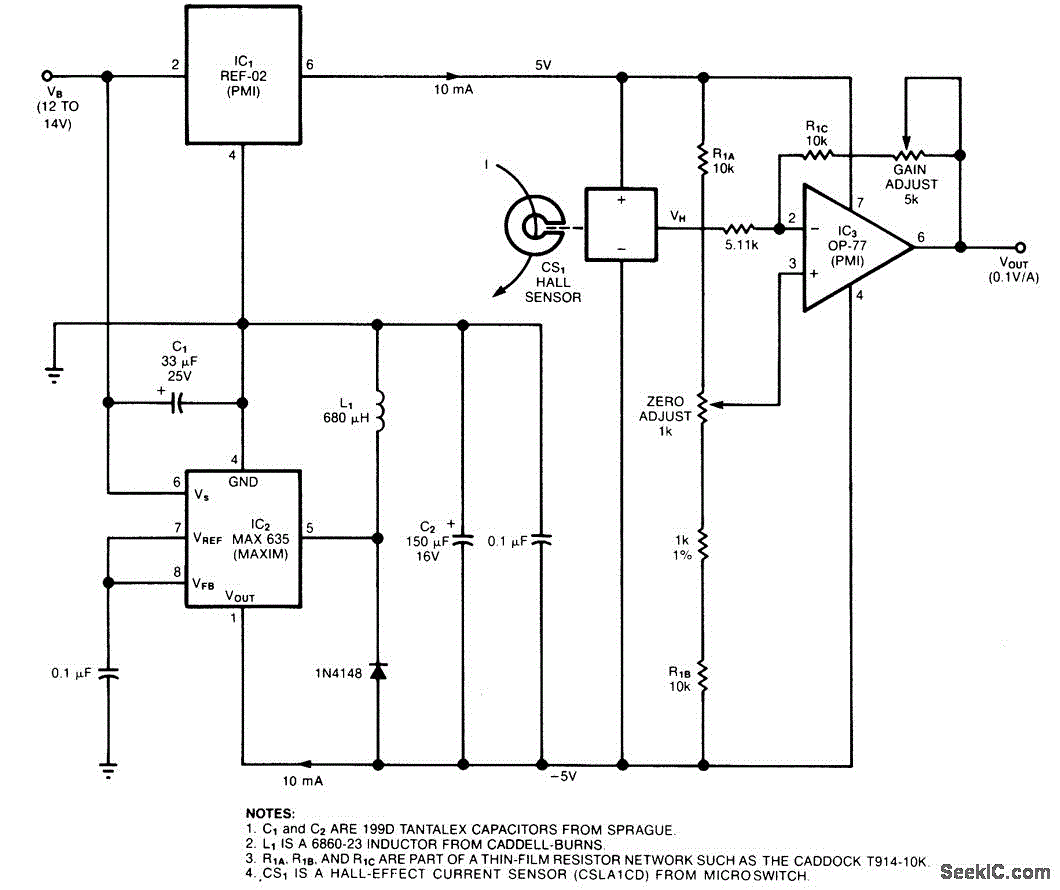
The circuit utilizes a Hall-effect sensor, which is an integrated circuit (IC) positioned within a small gap of a flux-collector toroid, to measure direct current (DC) ranging from 1 to 40 A. The current-carrying wire is threaded through the toroid, allowing the Hall voltage (VH) to be linearly proportional to the current (I). The current draw from the voltage source (VB) is less than 30 mA. This setup is designed to monitor an automobile alternator.
The Hall-effect sensor circuit operates based on the principle of the Hall effect, which states that a voltage is generated perpendicular to both the magnetic field and the current flow in a conductor. In this configuration, as the current flows through the wire wrapped around the toroid, it generates a magnetic field proportional to the current. The Hall-effect sensor detects this magnetic field and produces a corresponding Hall voltage.
The toroid serves as a magnetic core that enhances the magnetic field produced by the current, allowing for more accurate measurements. The linear relationship between the Hall voltage and the current enables straightforward calculations to determine the current flowing through the wire based on the measured voltage. The IC typically includes signal conditioning circuitry to amplify and filter the Hall voltage, ensuring that the output is suitable for further processing or display.
In automotive applications, this current measurement is crucial for monitoring the performance of the alternator, ensuring that it operates within its specified parameters. The low current drain from the power supply (VB) ensures minimal impact on the vehicle's electrical system, making the circuit efficient and reliable.
This Hall-effect sensor circuit can be integrated into larger monitoring systems, providing real-time feedback on electrical performance and aiding in diagnostics and maintenance of the vehicle's electrical components. The design can be adapted for various applications beyond automotive use, including industrial equipment and renewable energy systems, where current measurement is essential for operational efficiency and safety.The circuit uses a Hall-effect sensor, which consists of an IC that resides in a small gap in a flux-collector toroid, to measure dc current from 1 to 40 A. Wrap the current-carrying wire through the toroid; the Hall voltage VH is then linearly proportional to the current (I).
The current drain from VB is less than 30 mA. To monitor an automobile alternat.. 🔗 External reference
The Hall-effect sensor circuit operates based on the principle of the Hall effect, which states that a voltage is generated perpendicular to both the magnetic field and the current flow in a conductor. In this configuration, as the current flows through the wire wrapped around the toroid, it generates a magnetic field proportional to the current. The Hall-effect sensor detects this magnetic field and produces a corresponding Hall voltage.
The toroid serves as a magnetic core that enhances the magnetic field produced by the current, allowing for more accurate measurements. The linear relationship between the Hall voltage and the current enables straightforward calculations to determine the current flowing through the wire based on the measured voltage. The IC typically includes signal conditioning circuitry to amplify and filter the Hall voltage, ensuring that the output is suitable for further processing or display.
In automotive applications, this current measurement is crucial for monitoring the performance of the alternator, ensuring that it operates within its specified parameters. The low current drain from the power supply (VB) ensures minimal impact on the vehicle's electrical system, making the circuit efficient and reliable.
This Hall-effect sensor circuit can be integrated into larger monitoring systems, providing real-time feedback on electrical performance and aiding in diagnostics and maintenance of the vehicle's electrical components. The design can be adapted for various applications beyond automotive use, including industrial equipment and renewable energy systems, where current measurement is essential for operational efficiency and safety.The circuit uses a Hall-effect sensor, which consists of an IC that resides in a small gap in a flux-collector toroid, to measure dc current from 1 to 40 A. Wrap the current-carrying wire through the toroid; the Hall voltage VH is then linearly proportional to the current (I).
The current drain from VB is less than 30 mA. To monitor an automobile alternat.. 🔗 External reference
